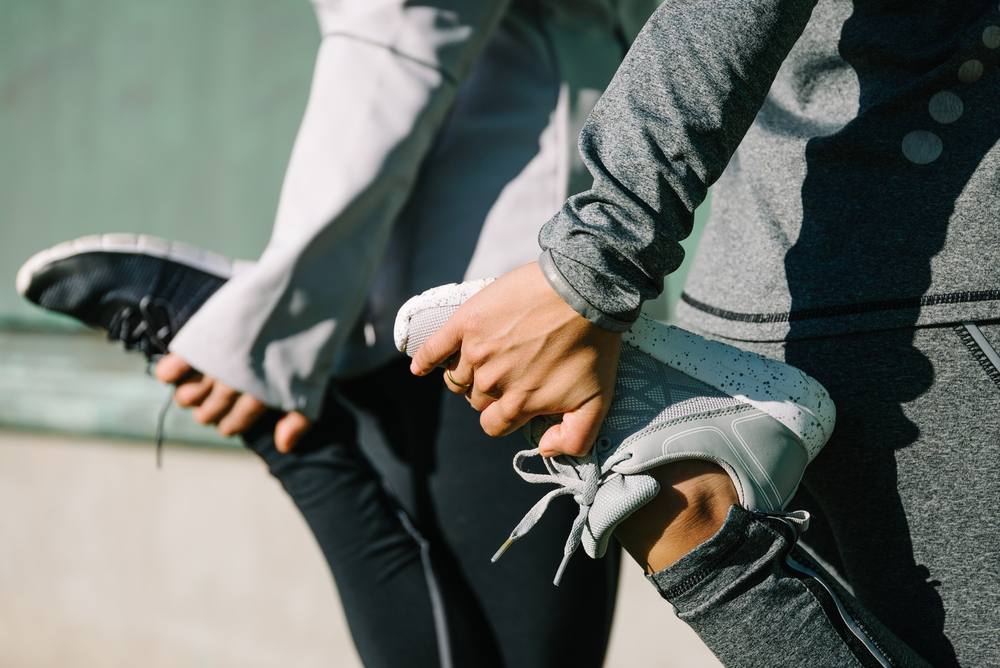-
Mayo Clinic Q and A: Stretching and exercise
 DEAR MAYO CLINIC: I recently started jogging for exercise. I have been stretching before each run, but I’ve heard that some stretches increase your risk of injury. Which stretches should I do, and which should I avoid?
DEAR MAYO CLINIC: I recently started jogging for exercise. I have been stretching before each run, but I’ve heard that some stretches increase your risk of injury. Which stretches should I do, and which should I avoid?
ANSWER: Stretching is an important part of your exercise routine, as it increases your flexibility and improves your joints’ range of motion. Typically, the best time to stretch is after a workout when your muscles are warm and more receptive to stretching. Performing a variety of basic stretches that focus on major muscle groups generally is recommended to protect you from exercise-related injuries.
One of the significant benefits you get from stretching is ensuring that you have optimal range of motion around your joints. Full range of motion around your joints enables your muscles to work most effectively. Stretching also helps establish and maintain equal flexibility on both sides of your body. If a muscle on one side of your body is tighter than the same muscle on the other side, your risk for injury can increase due to the imbalance.
Getting into the habit of stretching your major muscle groups after each workout can be a good way to begin a routine of stretching. For runners, it’s a good idea to regularly stretch your calf muscles, quadriceps, hamstrings, hip flexors and iliotibial bands (also known as the ITB).
Your calf muscle runs along the back of your lower leg. The quadriceps muscle runs along the front of your thigh, and the hamstring is on the back of your thigh. Hip flexors, which enable you to lift your knees and flex at the waist, are on your upper thighs — just below your hip bones. Your ITB is a band of tissue that runs along the outside of your hip, thigh and knee.
In addition to stretching those muscles, a knee-to-chest stretch that stretches the muscles of the lower back also can be useful. Find detailed instructions for stretching each of these muscle groups by searching for “Slideshow: A guide to basic stretches” on Mayo Clinic’s website, mayoclinic.org.
Research has suggested that doing these types of stretches, known as static stretches, just before activities that involve running or jumping can cause a small decrease in athletic performance. Instead, warm up with an aerobic activity, such as jogging or cycling, for five to 10 minutes before you stretch. Or, better yet, wait until after you are done with your aerobic workout, and then go through a series of stretches. If you don’t exercise regularly, you may want to stretch a few times a week after a brief warmup to maintain your flexibility.
As you stretch, hold your stretches steady, and don’t bounce. Bouncing can cause injury to your muscles. Don’t hold your breath. Instead, breathe regularly and easily through your stretches. You shouldn’t feel pain as you stretch — only light pulling. To gain the most benefit from stretching, hold each stretch for at least 30 seconds.
If you have health concerns or injuries, talk to your health care provider or a physical therapist before you start a routine of stretching. He or she can review your situation and help you determine which stretches are best for you. — Dr. Edward Laskowski, Sports Medicine Center, Mayo Clinic, Rochester, Minnesota







